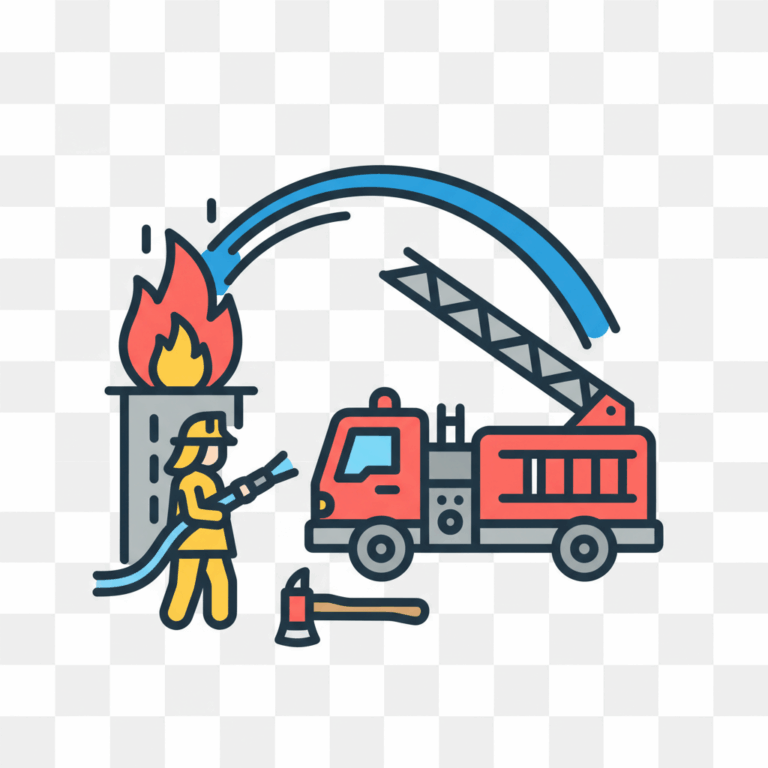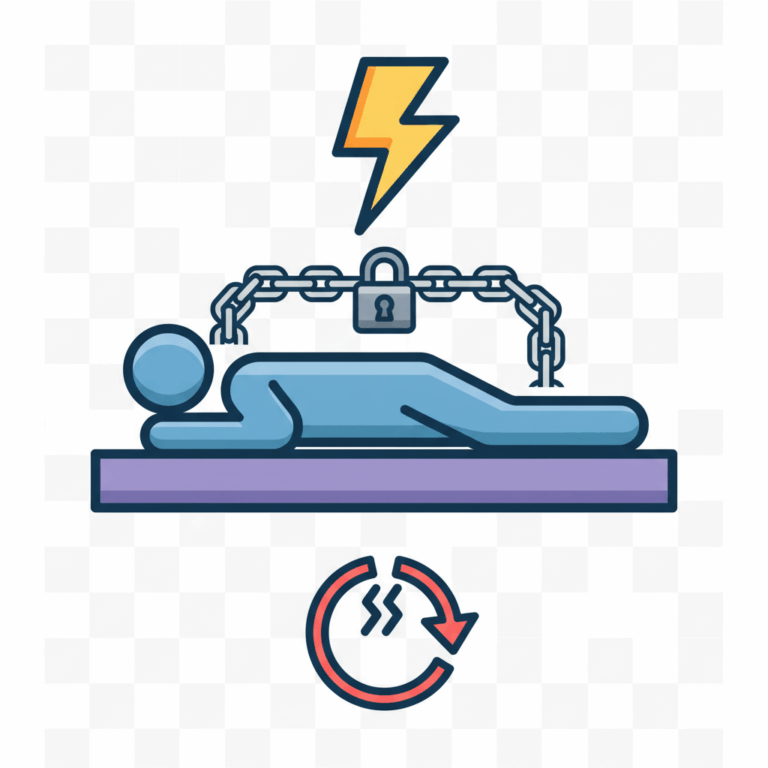Have you ever felt like your team is working hard but not actually making progress? Do the same issues keep resurfacing, even though they’ve supposedly been “solved” multiple times?
If so, your team isn’t struggling with effort—it’s struggling with problem selection. Instead of tackling the real underlying issues, they’re stuck treating symptoms. This cycle leads to wasted time, poor execution, and frustration at every level.
But why does this happen? And more importantly, how can you fix it?
Symptoms of Solving the Wrong Problems
- Teams spend time fixing issues, but the same challenges reappear.
- Resources are allocated to projects that don’t deliver real impact.
- There’s constant debate over priorities, but no clear direction.
- Quick fixes get implemented, but deeper issues remain untouched.
If your team is busy but not producing meaningful change, they aren’t solving the right problems—they’re just patching symptoms. Here are some root causes
No Root Cause Analysis
Most teams jump straight to solutions without diagnosing the problem. They see a visible issue—like a spike in customer complaints—and react instead of investigating the real cause
What This Looks Like:
Teams rush to fix what’s obvious without asking, “Why is this happening?”
Problems keep resurfacing because solutions are shallow, not deep.
Leadership grows frustrated as the same issues persist despite “fixes.”
Pressure to Act Quickly
In fast-moving environments, teams feel pressure to be seen fixing things rather than taking the time to address them correctly. The result? Short-term band-aids instead of long-term solutions.
What This Looks Like:
Quick decisions are made under pressure, often without full data.
Teams fix what’s easiest to change, not what will have the biggest impact.
Leadership praises fast action over smart action, reinforcing the habit.
No Prioritization Rubric
Even when teams do identify multiple issues, they can still struggle to prioritize because they dont have a structured methodology to evaluate what matters. They focus on activity vs impact.
What This Looks Like:
The loudest voice in the room dictates what gets worked on.
People default to “urgent” problems rather than important ones.
Efforts are scattered, leading to inconsistent progress.
Teach Teams to Diagnose
Implement a structured approach like root cause analysis before jumping to action. Use techniques like:
The 5 Whys Method (asking “why” repeatedly until you reach the root cause).
Logic trees to break down complex problems into manageable parts.
Data validation to confirm you’re solving the real issue.
When teams diagnose first, they stop treating symptoms and start eliminating problems at the source.
Shift the Culture from Speed to Impact
Fast action feels good—but effective action drives results. Encourage teams to:
Slow down before speeding up—taking time to analyze first.
Define success up front—ensuring solutions create lasting impact.
Reward problem selection, not just problem-solving—so teams focus on the right issues.
Create a Framework for Prioritizing Problems
Give teams a structured way to evaluate which problems deserve attention. Consider:
Impact vs. Effort: Will solving this create meaningful results?
Urgency vs. Importance: Is this critical, or just loud?
Alignment: Does solving this support key business goals?
With a shared framework, teams align on where to focus instead of spinning their wheels.
If your team keeps revisiting the same problems, check their ability to conduct a real root cause analysis
If you can shift symptom-fixing to root cause resolution, replacing urgency with impact-based decision-making, and adopting a structured prioritization method, you’ll break the cycle
Want to stop fixing the wrong problems?



